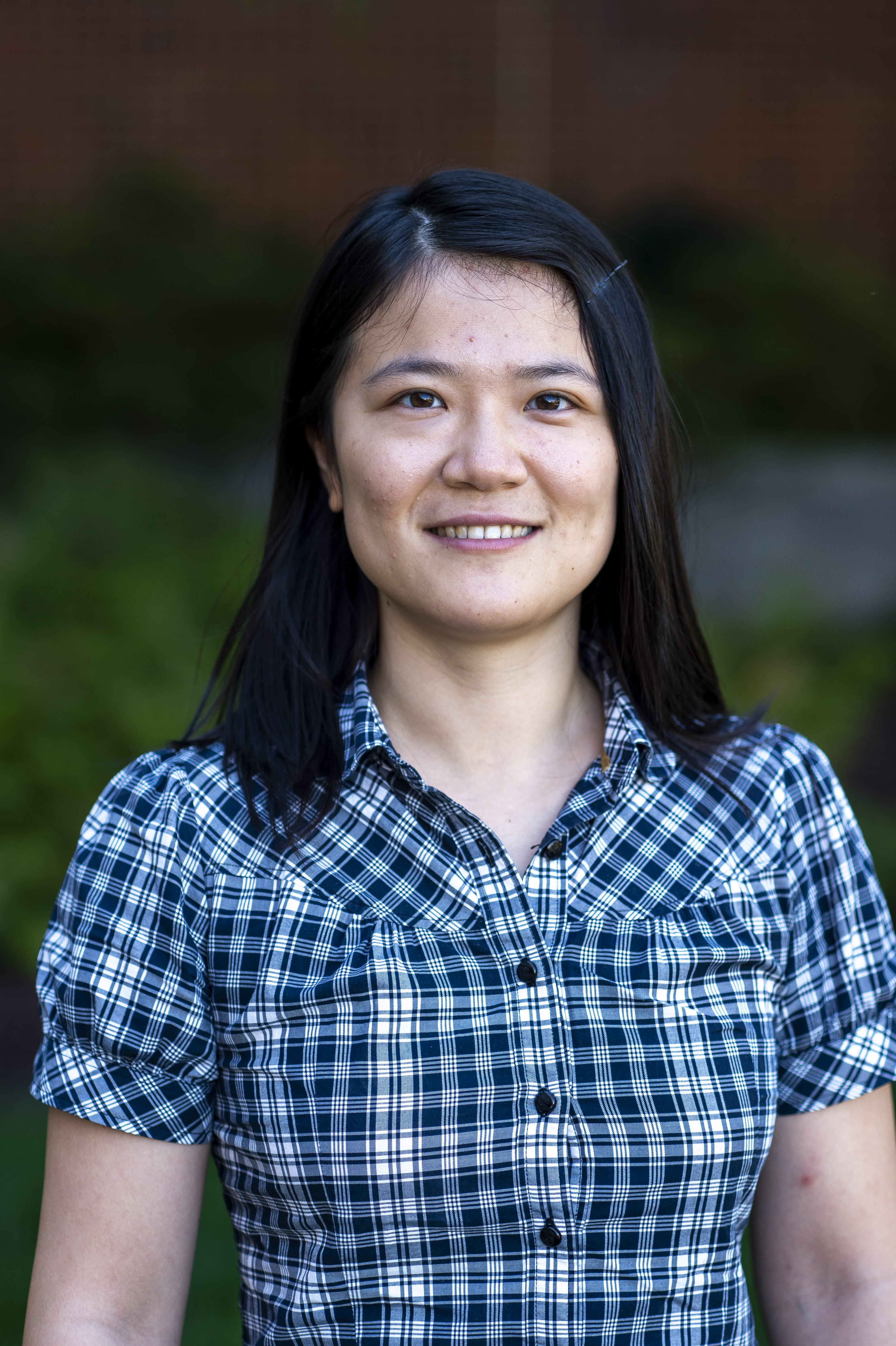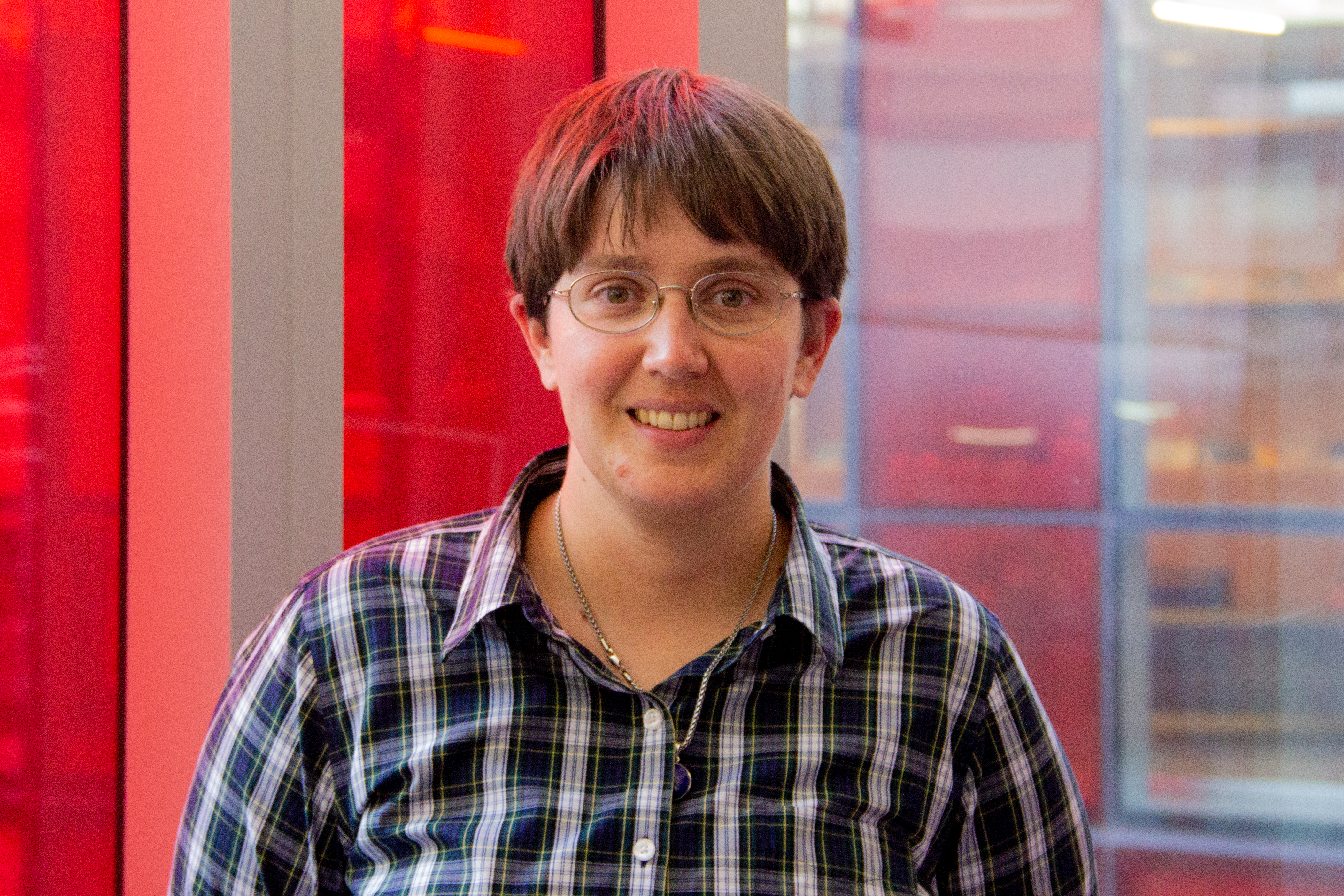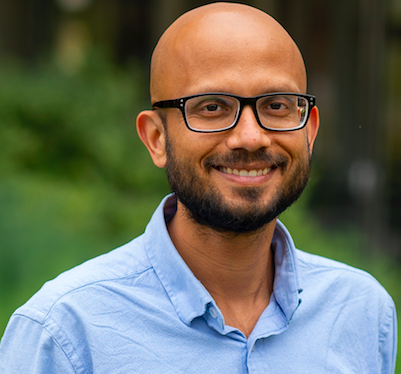Three UMD Faculty Members Receive 2022 Sloan Research Fellowships
University of Maryland Assistant Professors Lei Chen, Alicia Kollár and Pratyush Tiwary received 2022 Sloan Research Fellowships from the Alfred P. Sloan Foundation.
These two-year, $75,000 fellowships are awarded annually to early-career researchers in recognition of distinguished performance and a unique potential to make substantial contributions to their field.
“We are very proud to see three of our faculty members recognized in the same year,” said Amitabh Varshney, dean of the College of Computer, Mathematical, and Natural Sciences (CMNS). “Lei, Alicia and Pratyush have very bright futures ahead of them and we appreciate the Sloan Foundation recognizing their potential and supporting them now during their early careers.”
Awarded this year to 118 of the brightest young scientists across the U.S. and Canada, the Sloan Research Fellowships are one of the most competitive and prestigious awards available to early-career researchers. They are also often seen as a marker of the quality of an institution’s science faculty and proof of an institution’s success in attracting the most promising junior researchers to its ranks.
“Today's Sloan Research Fellows represent the scientific leaders of tomorrow,” said Adam F. Falk, president of the Alfred P. Sloan Foundation. “As formidable young scholars, they are already shaping the research agenda within their respective fields—and their trailblazing won't end here.”
Since the first Sloan Research Fellowships were awarded in 1955, 68 faculty members from UMD have received a Sloan Research Fellowship. A dozen CMNS faculty members have been awarded Sloan Research Fellowships since 2015.
Lei Chen
Chen, an assistant professor of mathematics, arrived at UMD in 2021. She will use the fellowship to further her research on problems that connect group theory, geometric topology and dynamics.
The field of topology generally aims to classify different kinds of geometric objects called manifolds. For example, mathematicians see a ball and a cube as the same manifolds because they can be continuously reshaped to each other, but a ball and a donut are two different manifolds because they cannot. Chen focuses her research on the symmetry of manifolds. She and her collaborators have successfully classified all the relationships between the total symmetry of all manifolds.
“I am very excited and honored to receive this award and funding,” Chen said. “I will use this funding to travel and invite people to UMD to expand my research. Also, big thanks to UMD and all my letter writers for supporting me and sharing their mathematical world with me!”
This semester, Chen is working at Brown University’s Institute for Computational and Experimental Research in Mathematics as a semester participant for a special program on “braids.” Chen joined UMD following a postdoc position as Noether Instructor at Caltech. She earned her Ph.D. in mathematics from the University of Chicago in 2018 and her bachelor’s degree in mathematics from China’s Peking University in 2013.
Alicia Kollár
Kollár, an assistant professor of physics, joined UMD in 2019. She will use the fellowship to support her research into creating new synthetic materials that are designed using quantum physics and applied mathematics. These synthetic materials can reveal physics that is difficult or impossible to observe in traditional materials.
“What really excites me about this award is to see support for the more interdisciplinary side of my research,” Kollár said. “My original background is in quantum physics and that's been where my grant support has come from so far, but this Sloan award is focused on looking at questions at the intersection of math and physics.”
This line of Kollár’s research uses mathematical tools based on the field of graph theory—the study of relationships between objects (in terms of a “graph” made of “vertices” that are connected by “edges”). This mathematical perspective allows Kollár to design abstract connections that should produce unique properties, but it isn’t easy to then translate the idea on a page into a material that has the exact desired connections. So instead, Kollár has focused on synthetic materials made of circuits of resonators and superconducting qubits that house traveling microwaves. These circuits easily recreate the flexible connections of graph-theoretic descriptions and can let the complex physics play out, revealing features that current simulations can’t calculate.
Kollár received a Faculty Early Career Development (CAREER) award from the National Science Foundation in 2021 and an Air Force Young Investigator Research Program grant in 2020.
She joined UMD following postdoctoral appointments at Princeton University and Stanford University. Kollár received her bachelor’s degree in physics from Princeton University in 2010 and her Ph.D. in applied physics from Stanford University in 2016.
Pratyush Tiwary
Tiwary, an assistant professor of chemistry and biochemistry with a joint appointment in the Institute for Physical Science and Technology, arrived at UMD in 2017. He will use the fellowship to develop artificial intelligence tools to model and predict the structure, thermodynamics and dynamics of complex systems at molecular and atomic scales. One of his goals is to use the universality of statistical mechanics to better understand how drugs interact with molecules in the human body, how randomly moving atoms suddenly form beautiful crystals, how different proteins fold, and even design new artificial intelligence methods for molecular sciences.
“I am honored to receive this recognition, especially for the flexibility it provides in pursuing ideas,” Tiwary said. “I am grateful to the university, including both my department and institute, for helping me maintain an energetic, interdisciplinary research group that makes doing science so much fun.”
Using statistical mechanics, theoretical chemistry and artificial intelligence, Tiwary develops algorithms that simulate the behavior of molecules and atoms at the femtosecond timescale. Understanding the behavior of atoms at this very fine resolution will help answer questions about such things as when and how proteins fold and change shape or precisely when molecules in a given medicine stop interacting with cells in the body.
In 2021, Tiwary received a Faculty Early Career Development (CAREER) award from the National Science Foundation, a Maximizing Investigators’ Research Award from the National Institutes of Health, and an Open Eye Outstanding Junior Faculty Award from the American Chemical Society’s Division of Computers in Chemistry. In 2019, he was one of 30 young researchers named to the “Future of Biochemistry” list in the journal Biochemistry.
Tiwary joined UMD after completing postdoctoral fellowships at Columbia University and the Swiss Federal Institute of Technology (ETH) in Zürich. Tiwary earned his M.S. and Ph.D. in materials science from the California Institute of Technology and a B.Tech. in metallurgical engineering from the Indian Institute of Technology in Varanasi.
Bailey Bedford contributed to this article.










